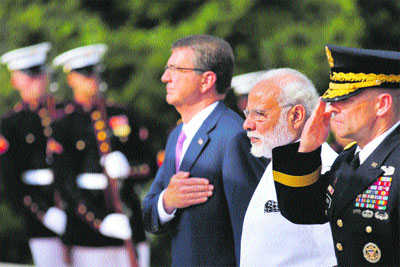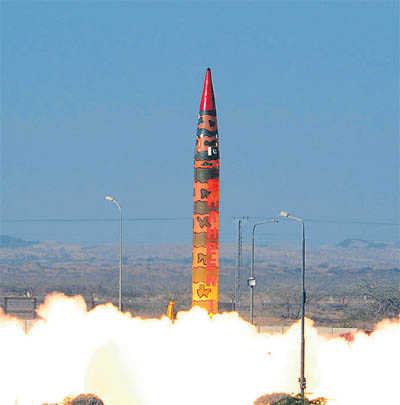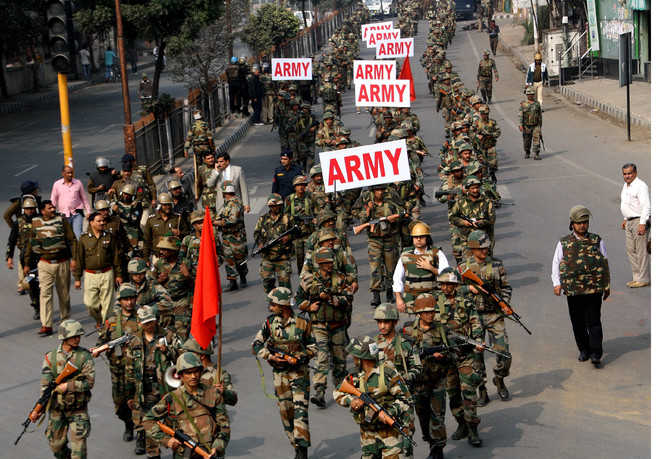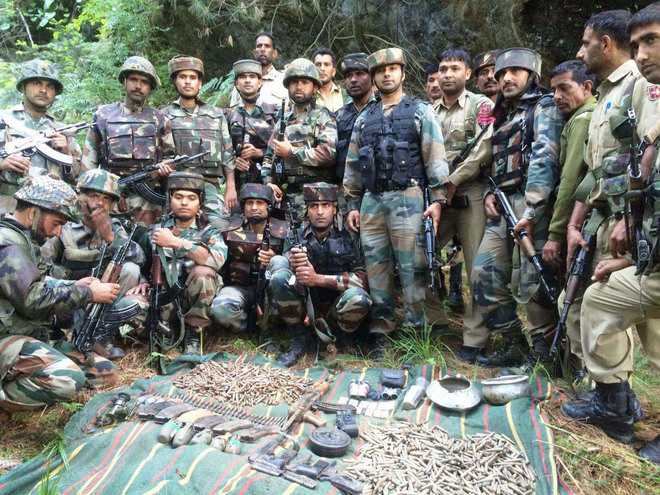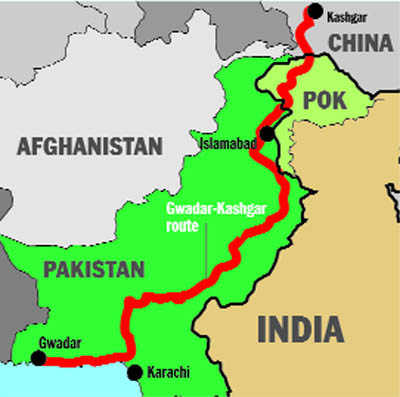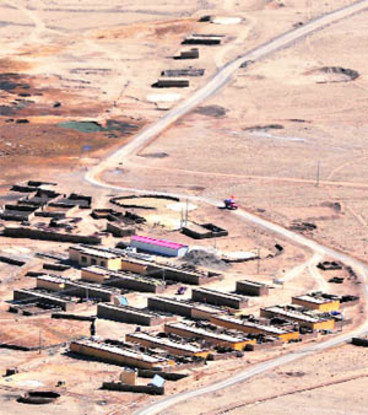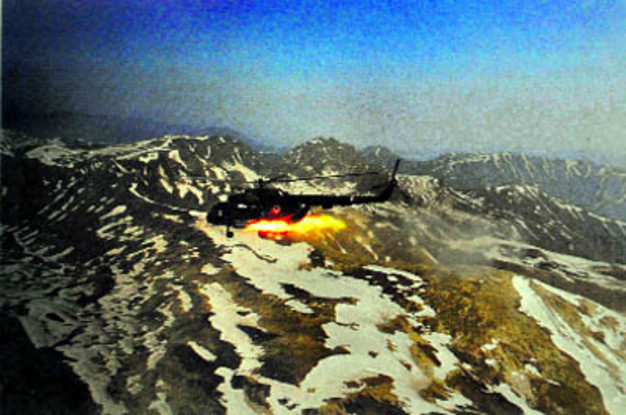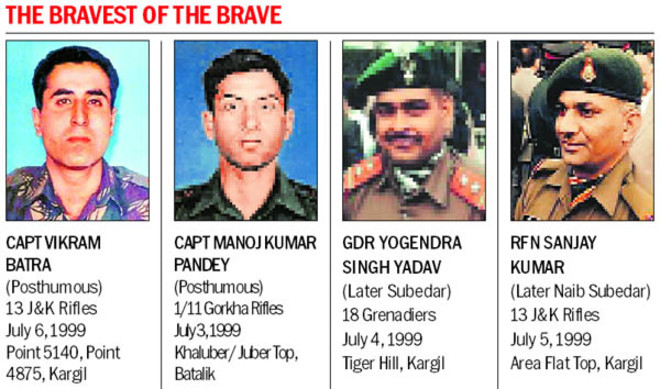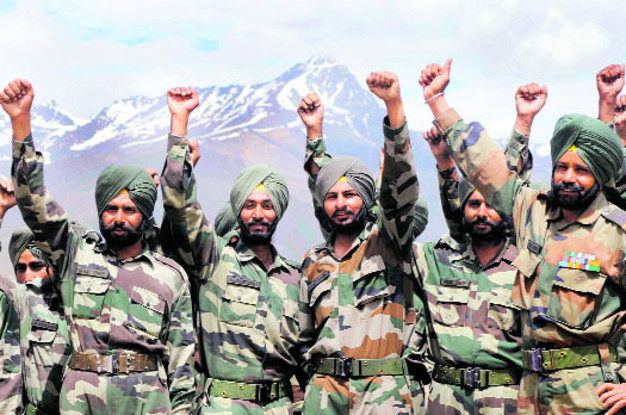Islamabad, June 10
Senior Pakistani and American officials on Friday held “candid discussions” on bilateral ties strained after Afghan Taliban chief was killed in a US drone strike in Balochistan and the F-16 fighter jet deal was scuttled due to a row over their financing.
A US delegation which included senior Director for Afghanistan and Pakistan at the US National Security Council Peter Lavoy and Special Representative for Afghanistan and Pakistan Richard Olson arrived here this morning to hold talks with Pakistan’s civilian and military leaders.
Lavoy called on Adviser to the Prime Minister’s on Foreign Affairs Sartaj Aziz and Foreign Secretary Aizaz Ahmed Chaudhry.
“They held candid discussions on bilateral relations, regional security situation and the Afghan peace process” in the wake of the 21 May drone strike in Balochistan that killed Afghan Taliban chief Mullah Akhtar Mansour.
The Adviser conveyed “a strong message” to the US that the drone strike was not only a violation of Pakistan’s sovereignty and breach of the principles of the UN’s Charter, but has also vitiated bilateral ties, Foreign Office said in a statement.
“It was emphasised that any future drone strike in Pakistan will be detrimental to our common desire to strengthen relations,” it said.
The family of the Pakistani driver killed along with Mansour in the US drone strike has also demanded justice.
Aziz said the drone strike had “seriously undermined” the ongoing efforts for Afghan peace and reconciliation process at a time when Pakistan along Quadrilateral Coordination Group (QCG) countries was engaged in serious efforts to revive peace talks between Afghan Government and the Taliban.
The Foreign Secretary recalled that in QCG’s fifth meeting on 18 May 2016, it was decided that peace negotiations remained the only option for a political settlement.
He emphasised that this would require collective efforts on the part of all QCG members to promote lasting peace in Afghanistan.
Besides Pakistan QCG includes Afghanistan, China and the US.
Pak-US ties are sliding down the hill due to difference over handling of peace process in Afghanistan and US’ growing defence ties with India, especially the support for India’s candidacy in the Nuclear Suppliers Group (NSG).
Pakistan is also unhappy over the scuttling of eight F-16 fighter jet deal by US Congress which blocked funding to it citing Pakistan’s unsatisfactory actions against Haqqani network. But Islamabad believes that the US Congress was prompted to act due to Indian lobbying and pressure.
In response to US queries on safe havens in Pakistan for Taliban, it was emphasised that Pakistan is already pursuing its objective of eliminating all militants and terrorists from its soil in accordance with the National Action Plan, the Foreign Office statement said.
At the same time, Pakistan would have to safeguard its own security through better border management and early repatriation of Afghan refugees.
Pakistan also expects action by Afghan forces against TTP operatives in Afghanistan.
These steps would also help to promote better relations between Afghanistan and Pakistan and reduce mistrust.
Lavoy, while conveying President Obama’s good wishes for the Prime Minister Nawaz Sharif’s speedy recovery, said that President Obama was committed to improving relations with Pakistan, the statement said. — PTI

